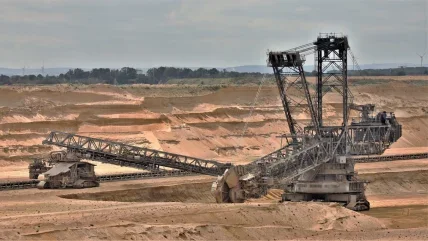
Natixis Corporate & Investment Banking (Natixis CIB) has secured a $375m senior-secured project financing deal for the construction of the El Espino copper-gold mine in Chile’s Coquimbo region.
The project is owned by a joint venture (JV) between Sociedad Punta del Cobre (Pucobre) and Resource Capital Funds (RCF).
The financing will support the development of a mid-sized open-pit mining operation and associated infrastructure.
Natixis CIB metals and mining global head Adam Hendley said “Natixis CIB has a proven track record of financing copper mining developments in Latin America, and this transaction contributes to reinforcing our regional and sectorial leadership position.
“Furthermore, the transaction is completely aligned with the Bank’s efforts to support the global energy transition and digitalisation mega trends, for which copper is indispensable.”
Once completed, the mine is expected to produce an average of 26,000 tonnes of copper and 13,000 ounces of gold annually over an estimated 18-year lifespan.
The total investment in the El Espino project is projected to reach $700m, and the Environmental Qualification Resolution (RCA) has been granted.
El Espino is located within the Iron Oxide Copper Gold (IOCG) mining district in the Coastal Cordillera of north-central Chile. The deposit contains a measured and indicated geological resource of 145 million tonnes with copper grading at 0.55% and gold at 0.22 g/t.
The mineralised bodies exhibit diverse formations including veins, stockworks, breccias, and manto-type deposits.
The ore bodies are primarily hosted within Early Cretaceous volcanic, volcaniclastic, and sedimentary formations, with additional mineralisation within a Late Cretaceous multi-phase intermediate pluton.
Pucobre CEO Sebastian Rios said: “This is an important step for the El Espino project, which is progressing at a very good pace, with significant participation of the Coquimbo region’s labour and companies. Obtaining this international financing was possible thanks to the high environmental and social standards of the project.”






